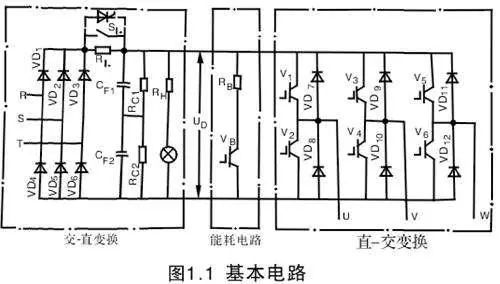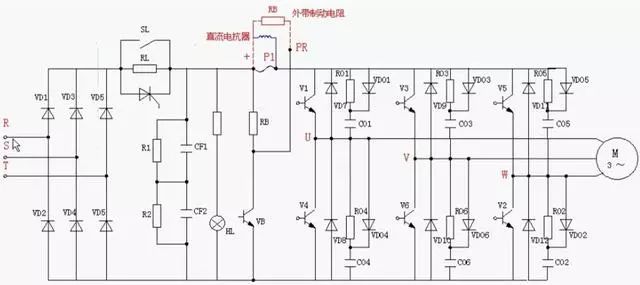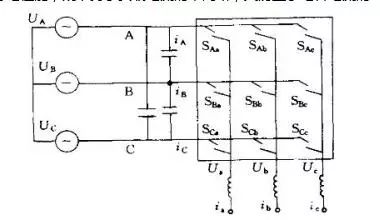The fact is that there is a frequency converter that does not require a rectifying unit, which is a so-called AC-AC converter. However, most of the market is AC-DC-AC inverters, which contain rectification units. This is completely a pattern of technology and market competition to a certain extent. The AC-DC converters are cheaper to produce and use more. Reliable and mature, so everyone uses it. In fact, this point is also in line with some laws of human science research.
For example, our voice is now digitized, turned into a simple 0-1 code, and then transmitted to a distant place, and then turned into a real sound. Because simple things are easy to quantify and process, we will linearize the complex curves and then use linearization to approximate the complex realities of the simulation.

The AC-DC-AC inverter first converts the AC power into DC, and then inverts it into AC by means of IGBT chopping. It is easier to process the input DC when chopping because it is straight, from calculus. In principle, as long as it is divided into many small enough blocks, the cumulative effect is the same as the sine wave, and the IGBT devices can only be turned on and off, so the signal for processing the block is more suitable.
Therefore, the exchange was first turned into a direct current, and it seemed that there was an additional process. In fact, "the sharpening of the knife does not mistake the woodworker" is a lot easier. In addition, the rectifier module, the capacitors are relatively mature and mature electronic devices, the price is relatively cheap, but the volume is a little larger.

The AC-DC converter is more common and consists of a rectifier, a filter system and an inverter. The rectifier is a full-controlled rectifier composed of a diode three-phase bridge uncontrolled rectifier or a high-power transistor. The inverter is a three-phase bridge circuit composed of high-power transistors. Its function is exactly opposite to that of the rectifier. It exchanges constant DC power to Adjustable voltage, adjustable frequency AC.
The intermediate filter is to filter the rectified voltage or current by capacitor or reactor. The AC-DC converter can be divided into voltage type and current type according to the difference of the intermediate DC filter. Due to the control method and hardware design, etc. Various factors, voltage inverters are widely used, it is in the industrial automation field inverter (using variable voltage frequency conversion VVVF control, etc.) and IT, power supply field uninterruptible power supply (ie UPS, using constant voltage constant frequency CVCF control ) have applications.

Of course, it is not that the transmission of the inverter has not developed. The matrix inverter is a new type of direct transmission, consisting of nine switch arrays connected directly between the three-phase input and output. The matrix converter has no intermediate DC link, the output consists of three levels, and the harmonic content is relatively small; its power circuit is simple and compact, and it can output sinusoidal load voltage with controllable frequency, amplitude and phase; input of matrix converter The power factor is controllable and can operate in four quadrants, although matrix converters have many advantages.
However, in the process of commutation, it is not allowed to have two switches turned on or off at the same time, which is difficult to implement. To put it bluntly, the algorithm is immature. The matrix converter has a low maximum output voltage capability, and the device withstands a high voltage is also a big disadvantage of such a converter. In addition, although it does not require a rectification unit, it has six more switching devices than the AC-DC converter. It is still much more expensive from the perspective of cost.
Guangdong Ojun Technology Co., Ltd. , https://www.ojunconnector.com
